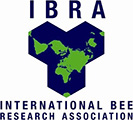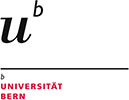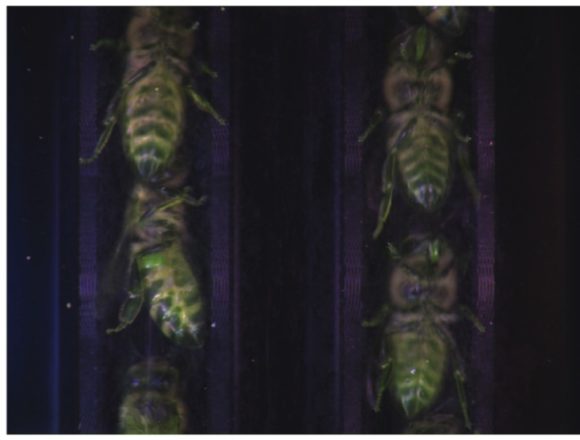The Effect of Diet on the Composition and Stability of Proteins Secreted by Honey Bees in Honey
Honey proteins are essential bee nutrients and antimicrobials that protect honey from microbial spoilage. The majority of the honey proteome includes bee-secreted peptides and proteins, produced in specialised glands; however, bees need to forage actively for nitrogen sources and other basic elements of protein synthesis. Nectar and pollen of dierent origins can vary significantly in…







